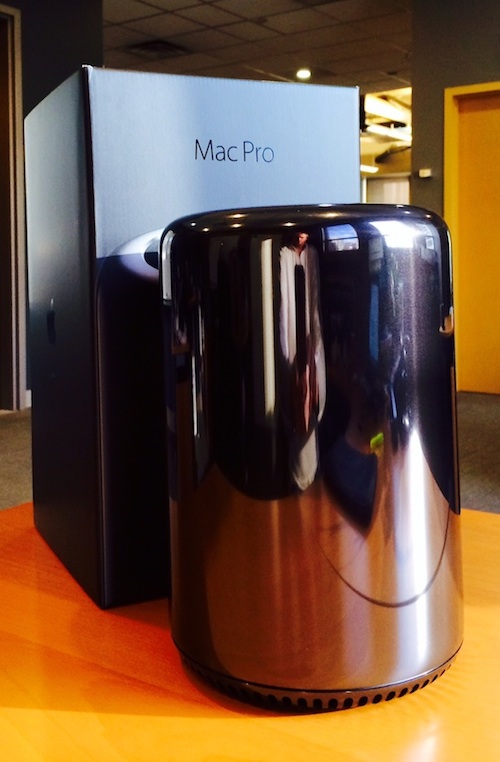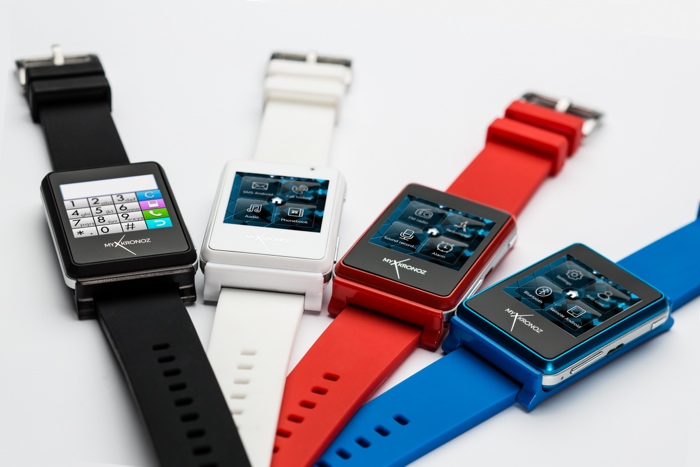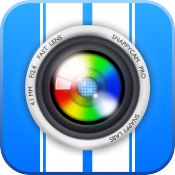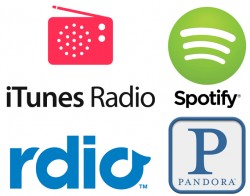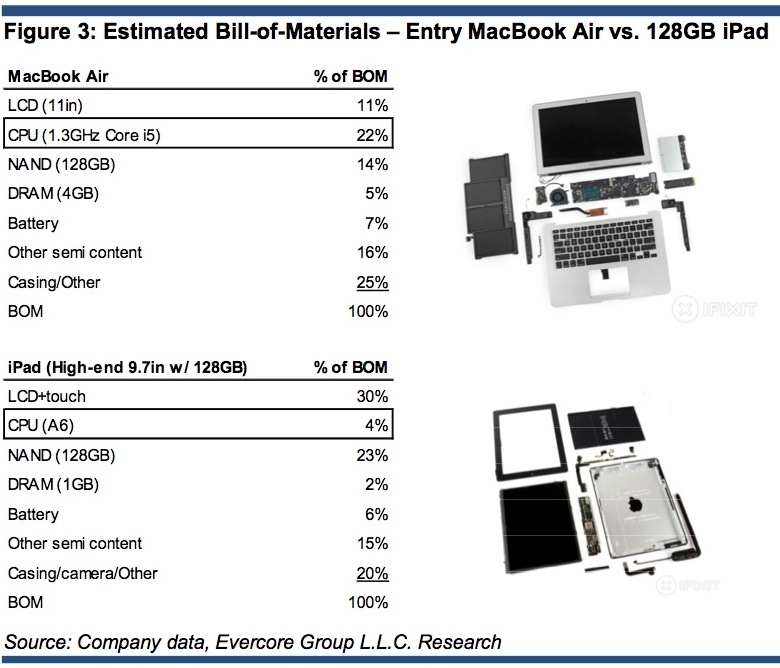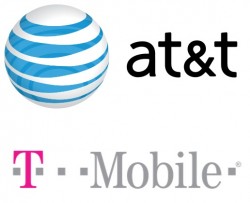Take a sneak peek at the phones, tablets and smartwatches coming to CES 2014

The new year always starts with a bang in the tech world, thanks to the Consumer Electronics Show kicking off in Las Vegas on January 7. Last year, CES was attended by more than 150,000 people, and was host to a variety of major consumer electronics announcements. This year is expected to be equally as exciting, and to make sure you’re fully prepared, here’s a rundown of all the mobile industry news, rumors and teasers we’ve heard so far.
Samsung may focus on tablets
Rumors have spread Samsung may have the Galaxy S5 ready for CES 2014, but if it does, the new device will be shown off behind closed doors, and not to just anyone. Despite the lack of new flagship phone, Samsung has named checked its Exynos processor range, saying a new version will be unveiled at the show. We don’t have any details yet, but there’s speculation it may be a 64-bit challenger to Apple’s A7 chip.
Samsung may add another tablet to its already extensive range, this time named the Galaxy Note Pro. The slate is rumored to have a large 12.2-inch screen with a 2560 x 1600 pixel resolution, equalling the 2014 version of the Galaxy Note 10.1. It’s possible the tablet will run Android 4.4 KitKat, with Samsung’s TouchWiz over the top.
In addition to the Note Pro, Samsung may also introduce the Galaxy Tab 3 Lite, which could have a very low price tag, plus a pair of unnamed tablets, one with a 10.5-inch screen and the other with a 13.3-inch display. According to SamMobile, Samsung has four tablets ready for the first three months of 2014, all of which could be revealed during CES 2014.
As for its smartphone line, there has been talk of a Lite version of the Galaxy Note 3, with lesser specs and therefore a lower price. If it doesn’t arrive at CES, then it may come during MWC 2014 in February.
Archos to introduce wearable tech
Archos SmartwatchArchos has confirmed it’ll be revealing a set of wearable devices during CES. We’re to expect a range of products under its Connected Self brand, including a Pebble-like smartwatch, a fitness tracker, a Wi-Fi scale, and a blood pressure monitor. We should see more than one watch, and they could all connect with both Android and iOS hardware, with prices starting from $80. The fitness wristband will monitor steps and calories burned, and have a battery which should last seven days.
Sony could come with a new smartwatch
Sony’s CEO Kazuo Hirai is one of CES’s “Tech Titans,” and will be giving a keynote address, so it’s reasonable to expect the company to come armed with some exciting new products. An international version of the Xperia Z1 F (AKA the Xperia Z1 Mini) has been discussed for a while, so its arrival at the show is a possibility. Another phone on the cards is the Xperia Z2.
We’re not sure about the name, as the Z1 isn’t that old and hardly due for replacement, but the specs are intriguing. According to rumors, the screen will measure 5.5-inches and have a 1080p screen, a 20.7-megapixel camera may be fitted to the rear, and the phone could have 3GB of RAM. Android 4.4 KitKat could be installed.
Despite already having updated its smartwatch recently, an FCC filing seems to indicate we should expect another smartwatch from Sony very soon. It’s supposed to be equipped with NFC and Bluetooth, and has been described as a “Bluetooth Wrist Notifier.”
Asus could bring tablets and smartphones
While most other manufacturers aren’t sharing their CES plans, Asus has released a pair of teaser videos giving us a glimpse of what it’ll reveal at the show. The first suggested we’d be getting both a dual-boot Windows 8/Android tablet and a stock Windows 8 model, while the second hints at a series of smartphones.
Asus is best known for its tablets and computers, and when it does release a smartphone, it’s a quirky device like the Padfone. In the latest teaser, we’re asked, “What’s your number,” and – weirdly – thousands of balls falling from the sky have the numbers four, five, and six printed on them. From this, we could assume Asus’ phones will have screens of a similar size.
Acer teases cool products
Acer Touch Cooler TeaserAcer has been dropping a few hints on its Facebook page about CES , although it has posted nothing explicit yet. It has published a cryptic image and a set of GIFs (yes, really), all with the tagline “A Touch Cooler.” It looks more like a tablet at this stage, but the size and operating system is a mystery.
Huawei could go large at CES
Huawei may have a busy CES planned. It may replace the big screen Ascend Mate – announced at last year’s show – with the equally massive Ascend Mate 2. The screen could remain at 6.1-inches with a 720p resolution, but the camera may be taken to 13-megapixels, and the processor to a 1.6GHz quad-core chip. Images supposedly showing the device have been leaked to Engadget China, indicating the phone may be slightly slimmer than before.
There’s also talk of a Huawei device named the PhoPad, which may end up being the Ascend Mate 2’s official name. There’s nothing much to go on yet, bar the fact Huawei has registered the name as a trademark.
At least one new Windows Phone from Huawei may also turn up, with the long-rumored Ascend W3 being the most likely candidate. Previous leaks have made it sound a little like the Lumia 925, with a metal chassis and a 4.5-inch screen, although the 8-megapixel camera probably won’t match up to Nokia’s PureView lens. Huawei may also reveal its first wearable technology products during the show.
Finally, the firm has posted a photo showing a Peter Fonda in Easy Rider-style, Stars and Stripes helmet on its Facebook page, with the words, “More speed is coming to Vegas.” This could be referencing the recently announced Honor 4 smartphone, which features an eight-core processor. Maybe the time has come for its U.S. debut?
T-Mobile to reveal Uncarrier 4.0
T-Mobile CEO John LegereExpect T-Mobile CEO John Legere to be in full flow at CES, where he’ll talk about the fourth stage in the company’s “Uncarrier” strategy. Having already covered two-year contracts, upgrade terms, and international calling, we’re excited to see what the network has planned next. There is some speculation it’ll be related to early termination fees, and smoothing the path for those subscribed to other networks to join T-Mobile.
LG may hold back on mobile until MWC
LG is expected to concentrate on televisions and other electronics hardware at CES, and its mobile output may be a little disappointing. There has been some discussion we’d see the LG G3, the G Arch smartwatch and the G Band fitness tracker at the Las Vegas event, but this was always highly speculative. Perhaps it’s saving the best for Mobile World Congress at the end of February?
HTC could surprise us, but will save the big news for later
Like LG, HTC could also be keeping its mobile announcements for MWC. The HTC One Two (or the HTC M8, if you prefer), is likely to come in February, all ready to be put on display in Barcelona. There are rumors about a sequel to the HTC Butterfly, a device which may come in January, which could be rebranded as the Droid DNA 2 in the U.S. This time, the phone may have a larger 5.2-inch 1080p screen, and a quad-core Snapdragon 800 processor. We’ll have to wait and see if it arrives at CES.
New smartphone and first smartwatch possible from ZTE
Joining LG and HTC, ZTE may not have that much to reveal in Las Vegas. There are rumors of the Grand S II smartphone, replacing the Grand S unveiled at the show last year, although the specification is unknown. We’ve also been tracking rumors regarding ZTE’s smartwatch plans, and it’s possible we could see the first model at CES, but the company may also choose to wait until Mobile World Congress.
. . . . . . . . . . . . . . . . . . . . . . . . . . . . . . . . . . . . . . . . . . . . . . . . . . . . . . . . . . . . . . . . . . . . . . . . . . . . . . . . . . . . . . . . . . . . . . . . . . . . . . . . . . . . . . . . . . . . . . . . . . . . . . . . . . . . . . . . . . . . . . . . . . . . . . . . . . . . . . . . . . . . . . . . . . . . . . . . . . . . . . . . . . . . . . . . . . . . . . . . . . . . . . . . . . . . . . . . . . . . . . . . . . . . . . . . . . . . . . . . . . . . . . . . . . . . . . . . . . . . . . . . . . . . . . . . . . . . . . . . . . . . . . . . . . . . . . . . . . . . . . . . . .

